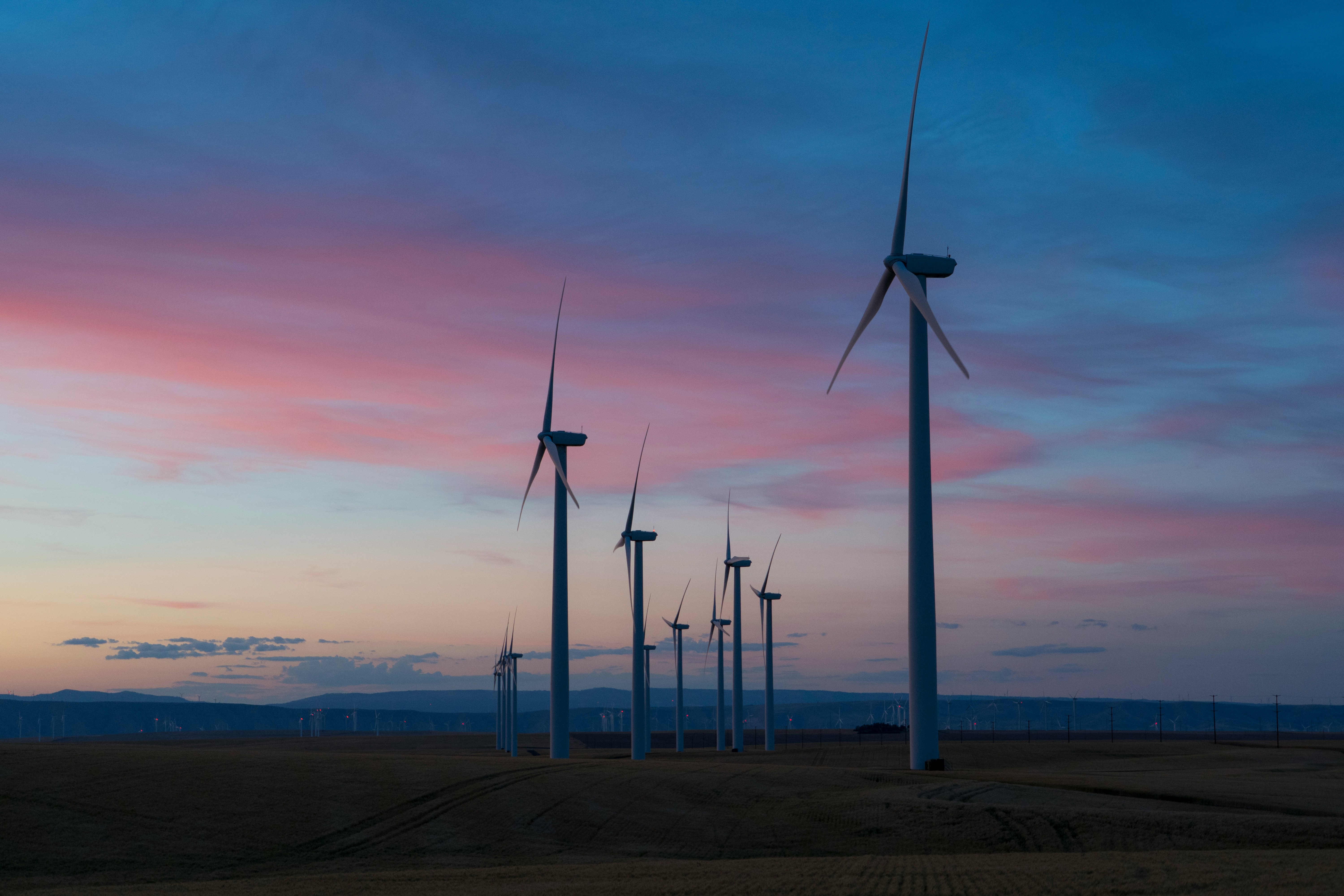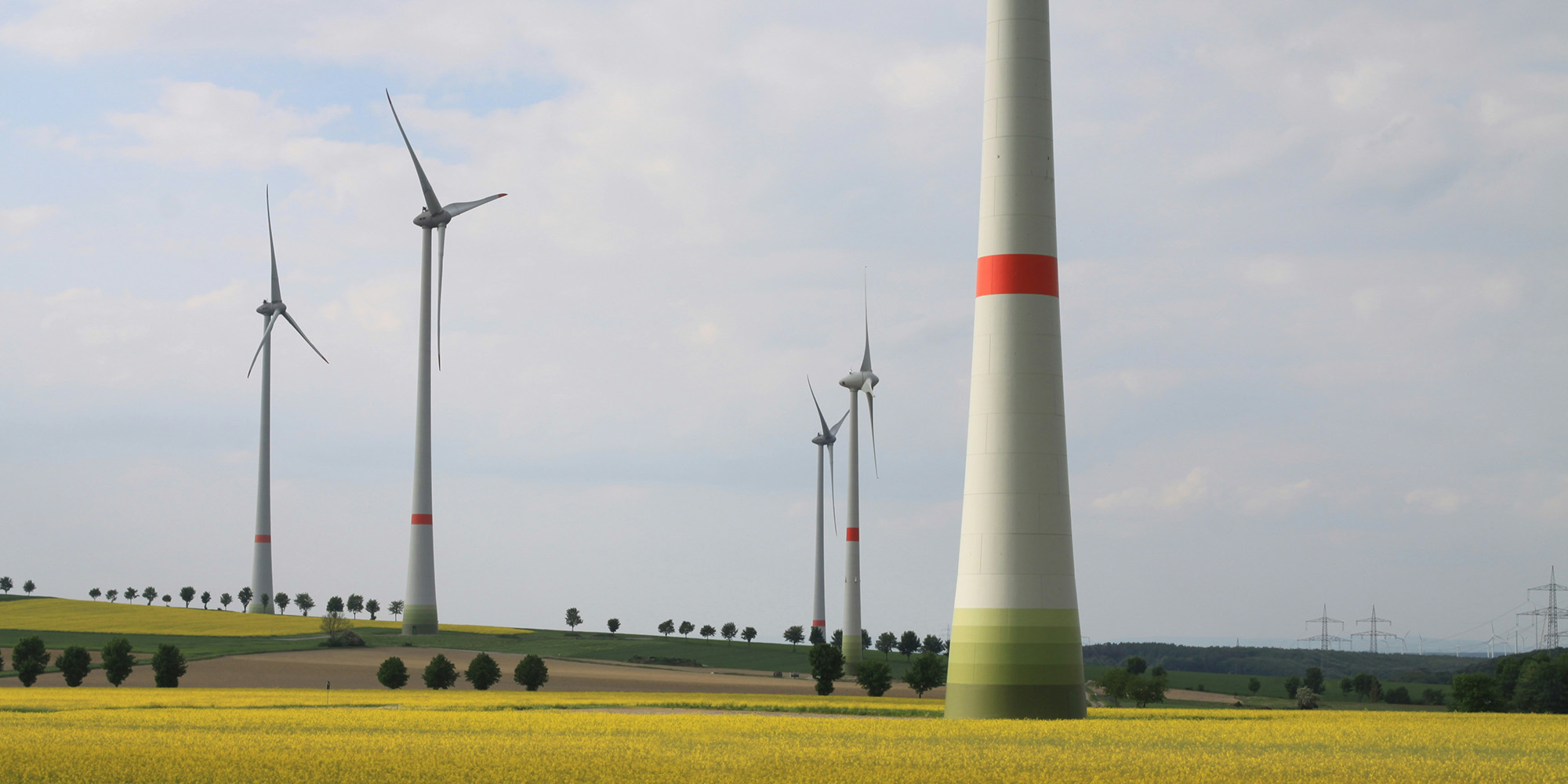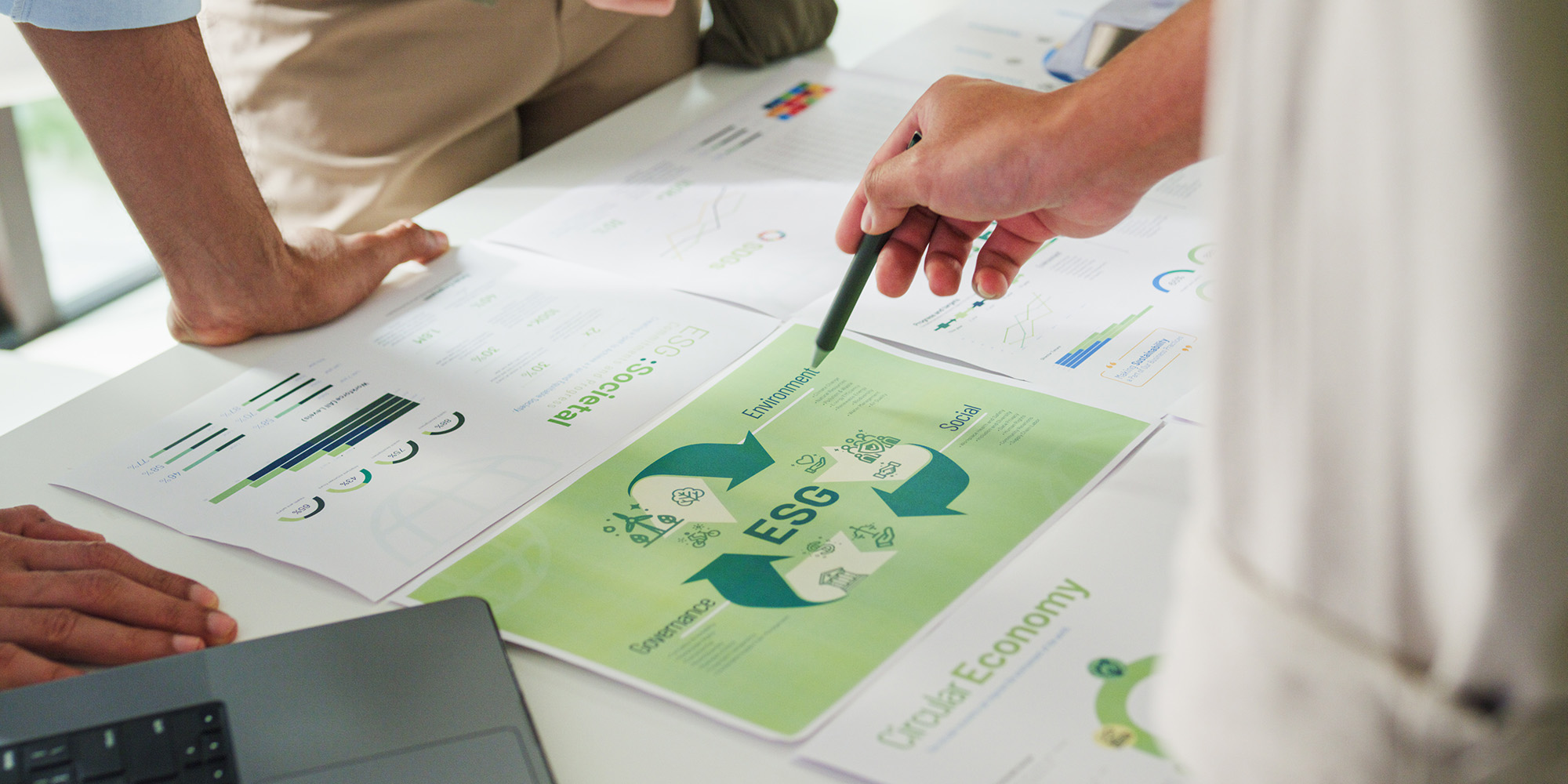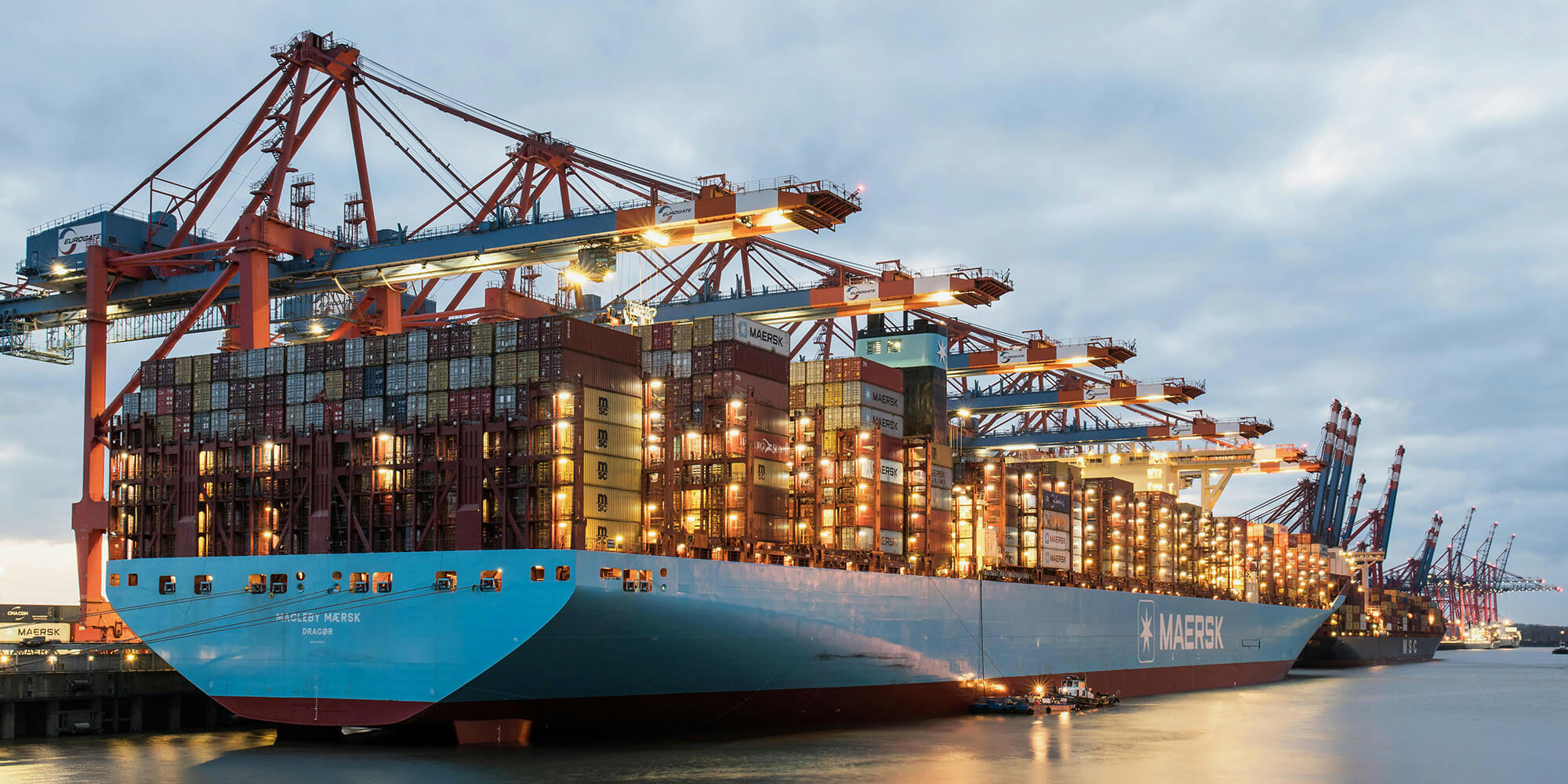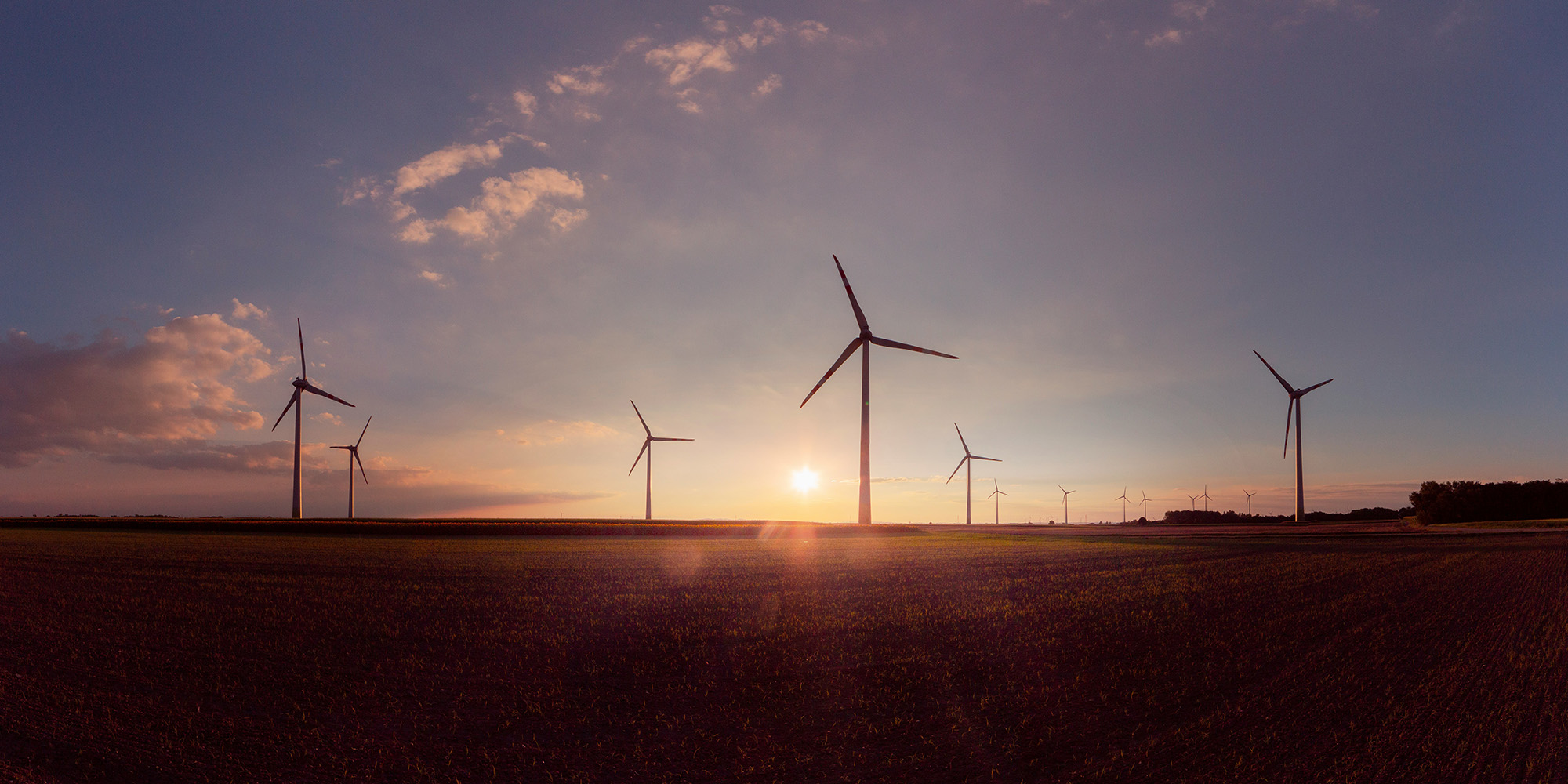Reducing Scope 1 emissions is no easy feat. At first glance, the options for using renewable gas to cut greenhouse gas output appear chaotic. The European market is not harmonised, and the reporting rules are unclear and constantly evolving—even for those familiar with them. So how can businesses credibly and effectively decarbonise?
In this guide, we explain the basics of Scope 1 emissions reduction to give you a clearer understanding of how to switch to renewable gas—the main challenges companies face and how to overcome them.
What is Scope 1?
Scope 1 covers all direct greenhouse gas (GHG) emissions from sources controlled or owned by an organisation, such as factories, transport fleets, and industrial processes. As a result, fuels burned in a company’s own operations — such as gas — often make up the bulk of Scope 1 emissions.
Other GHG sources included in Scope 1 can vary greatly between companies and may include fugitive emissions, such as the decomposition of materials, the use of diesel and heating oil, and byproducts of metal production.
What are the frameworks used to measure, report, and reduce Scope 1 emissions?
Several frameworks and methodologies are available — and sometimes required — for companies to account for Scope 1 emissions. The Greenhouse Gas Protocol (GHG-P) provides specific guidance on Scope 1, including emissions factors for various fuel types, which is also used by the Science Based Targets Initiative (SBTi) to evaluate the validity of emissions reduction plans.
Europe’s Corporate Sustainability Reporting Directive (CSRD) also mandates Scope 1 disclosure and provides guidance and requirements through the European Sustainability Reporting Standards (ESRS), which also point back to the GHG-P. Companies covered by the EU ETS must also report Scope 1 emissions from gas and fuel combustion and purchase the necessary quotas to cover their greenhouse gas output.

So, why is it difficult to reduce Scope 1 emissions?
Lack of market integration and harmonisation of regulatory authorities hamper cross-border trade in biomethane and make it more difficult for companies to claim biomethane in regulatory markets. There are two main reasons for this:
1) Lack of a harmonised European market
Although the Renewable Energy Directive (RED) provides guidance on claiming renewable gas combustion, countries implement these rules at different speeds.
For example, the EU and national emissions markets require gas purchases to carry a Proof of Sustainability (PoS), a document providing additional environmental data, such as biodiversity impact, carbon intensity and impact on soil quality. However, institutional capacity varies, which means not all countries are equipped to issue GOs or have registries for trade, transfer and cancellation of GOs or PoS yet.
Moreover, not all national registries – even if they are operational – are interoperable. Countries like Croatia and Hungary currently have no means of issuing and receiving certificates for renewable gas, effectively preventing cross-border trade.
2) Differences in national GHG accounting rules
Dissimilar interpretations of how to count biomethane towards emissions reduction also create risks for consumers. Take the different approaches to GHG accounting of Denmark and Germany, for example.
While Denmark tallies the GHG emissions savings of renewable gas at the point of production — as part of its energy production mix — Germany does so at the point of consumption, which could result in double counting. To avoid this, buyers must understand how national regulations interact, creating an added burden for corporate procurement teams.
Overall, market fragmentation limits consumer choices. Although sourcing renewable gas within national borders is, at first glance, a simpler option, companies may face supply limitations and high prices, making renewable alternatives difficult to justify economically.
While a unified market develops, consumers should be informed of the opportunities and risks of cross-border trading. If a company’s actions fall outside the scope of national and international standards, they may not qualify as valid emission reductions. In such cases, consulting a seasoned advisor might be a smart move.
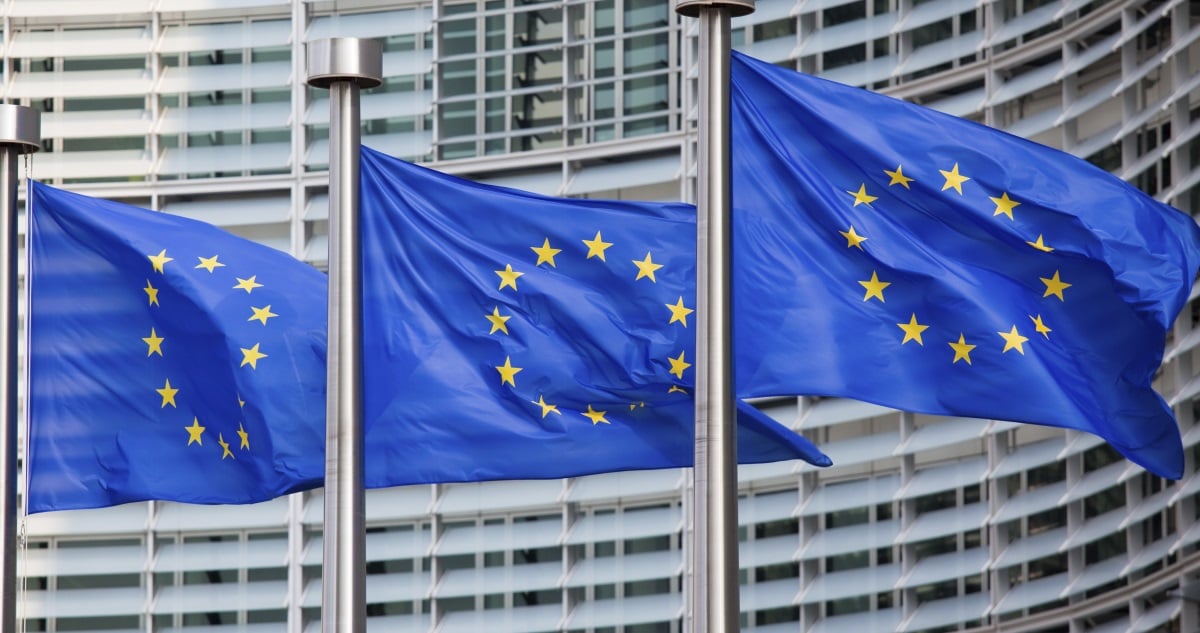
What is mass balancing?
Mass balancing is a process by which key sustainability attributes are tracked alongside shipment of gas through value chains.
In Europe, feedstock, carbon intensity, impact in biodiversity and soil carbon content, among other criteria are certified in a Proof of Sustainability (PoS). This and the associated GO are then handed down the value chain with every movement of a corresponding amount of renewable gas as it is transferred between sites or between owners.
How to use Scope 1 solutions despite the lack of market harmonisation?
Ecohz always starts any Scope 1 discussion by checking the clients targets and frameworks: Are they operating under a regulated emissions system, subject to reporting requirements, or acting voluntarily?
For example, if a company is covered by the EU ETS and wants to switch to renewable gas to reduce their quota obligations, they will need to source biomethane documented with GOs which is also mass balanced and accompanied by a Proof of Sustainability.
If they are acting voluntarily and want to communicate their actions in a sustainability or annual report, sourcing GOs—domestically or cross-border—could be sufficient.
Large gas consumers, such as steel producers, can also benefit from sourcing other renewable gases such as green hydrogen, or even produce their own leveraging a Power Purchase Agreements (PPAs). Ecohz offers a comprehensive PPA advisory service to help manufacturers that tick the right boxes take advantage of these off-take arrangements.




.png?width=3840&height=2560&name=Sun(1).png)
.png?width=3840&height=2560&name=Landscape_2(1).png)
